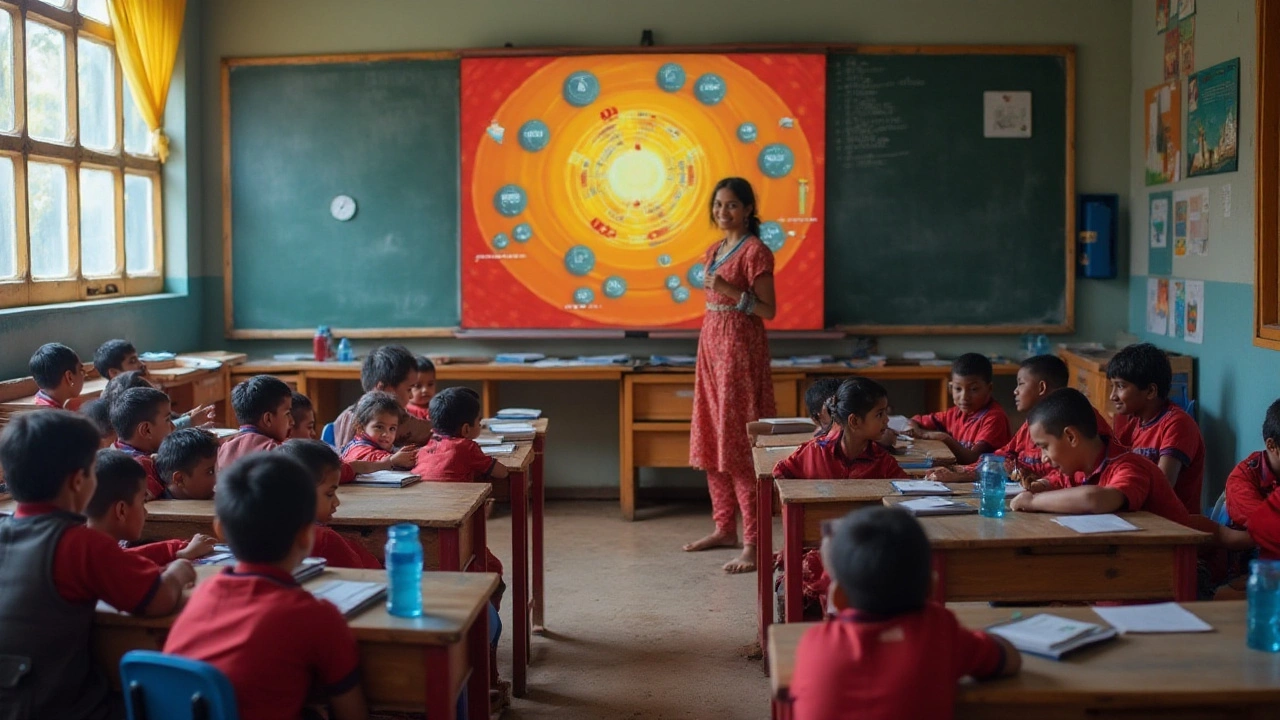Student Preferences: What Indian Learners Want in 2025
If you’ve ever wondered why some courses fill up instantly while others sit half‑empty, the answer lies in today’s student preferences. Across India, young people are weighing cost, flexibility, and future job prospects more closely than ever. Understanding these trends helps schools, parents, and businesses serve the right audience and stay ahead of the curve.
Course Choices Driving Decisions
One clear pattern is the surge toward tech‑friendly programs. Coding bootcamps, data‑science diplomas, and AI certificates are topping inquiry lists. Students see a direct link between these skills and higher starting salaries, so they’re willing to invest time—even if the course is short.
At the same time, traditional degrees aren’t dead. Engineering, medicine, and business still attract large numbers, but the “why” has shifted. Instead of prestige alone, learners ask: will this degree open doors now or in five years? Programs that promise industry tie‑ups, internships, or guaranteed placement slots rank higher on their shortlists.
Another hot spot is hybrid learning. A blended model—part online, part on‑campus—lets students balance a job or family responsibilities while still getting classroom interaction. Schools that can map out a clear hybrid schedule often see enrolment numbers jump 20‑30% compared to fully offline offerings.
Learning Styles and Study Habits
Beyond the ‘what’, the ‘how’ matters a lot. Today’s learners gravitate toward micro‑learning—short, bite‑size lessons they can finish during a commute or a coffee break. Platforms that break content into 5‑10 minute modules report higher completion rates than those with hour‑long lectures.
Gamification is another favorite. Badges, leaderboards, and point systems turn studying into a game‑like experience. Even a simple quiz after each topic can boost retention and keep motivation high.Personalisation is no longer a nice‑to‑have; it’s expected. AI‑driven recommendation engines that suggest the next topic based on a student’s performance are becoming a standard feature. When learners feel the material speaks directly to their strengths and gaps, they stay engaged longer.
Finally, mental‑wellness support is shaping preferences. Institutions that provide counseling, stress‑management workshops, or even a quiet study zone see lower dropout rates. Students appreciate knowing their overall well‑being is part of the education package.
So, what can educators and service providers do? Start by surveying current students about cost tolerance, preferred delivery mode, and skill goals. Use that data to tweak course pricing, add flexible scheduling, or introduce short certification tracks that bridge the gap between a diploma and a full degree.
Don’t forget to showcase success stories. When a graduate lands a well‑paid job within six months, highlight that outcome on your website and social feeds. Real‑world results speak louder than any brochure.
In short, Indian student preferences in 2025 revolve around affordability, flexibility, career relevance, and a learning experience that feels personal and supportive. Aligning your offerings with these priorities will not only attract more enrolments but also build lasting loyalty among the next generation of learners.
The Most Disliked Subject in CBSE: Understanding Student Preferences
Uncovering why certain subjects in the CBSE syllabus are often disliked by students is crucial for enhancing educational approaches. This exploration looks into students' preferences, examining various factors that contribute to their disinterest. By understanding these reasons, educators can tailor teaching methods that resonate better with students, potentially transforming negative perceptions into positive learning experiences. This article delves into specific subjects frequently noted for being less favored and offers suggestions for educators to engage students effectively.
